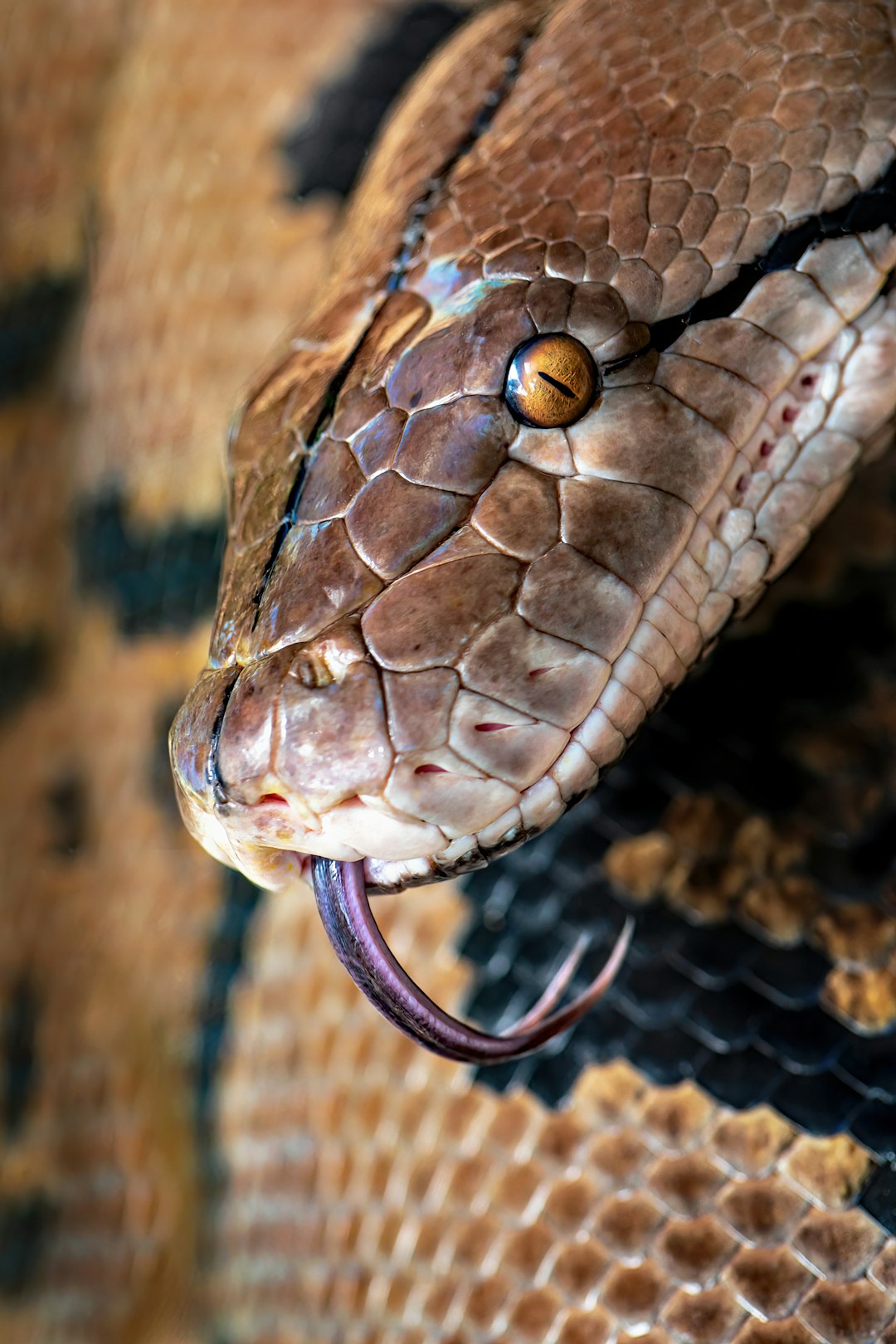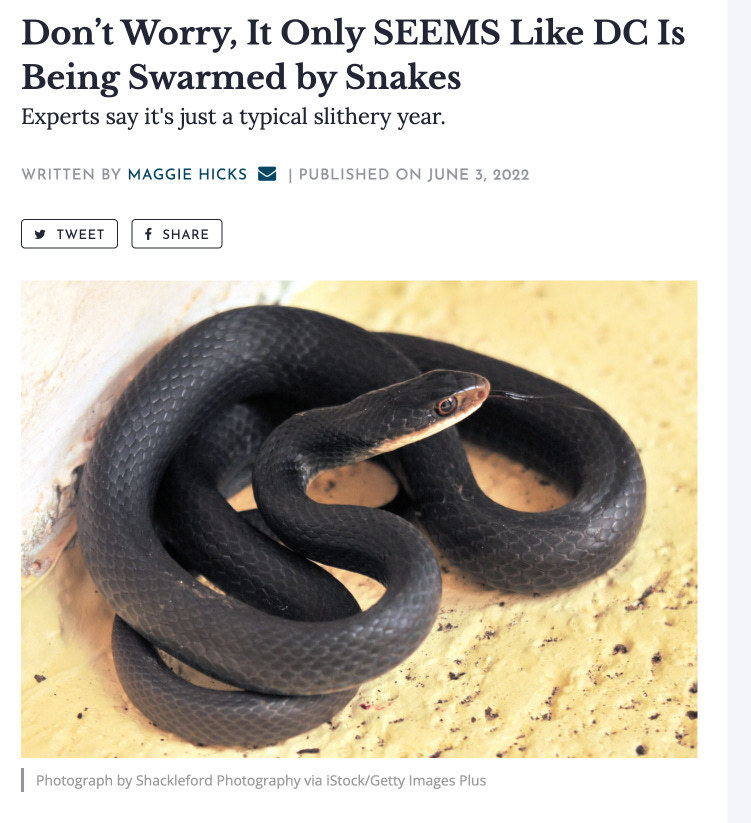(“The Peace of Wild Things” by Wendell Berry)
This will be a short one, I hope, as I’ve been down in Blacksburg, Virginia, celebrating the graduation of my nephew from high school and it’s getting a little late and I’m a little dizzy from gunning it around the curves leading from my Mom’s house to the highway and shouting, “he did it!”
He’s graduating a year early and joining a State Department program to learn Chinese in Taiwan next year — speaking of gunning, he’s been gunning for this for some time. Much forethought has gone into this. Much application filling-out and essays and planning and online video conferences.
And now, we’re here. He’s set to wander off into the world, nothing but a young wild thing himself.
“ … For a time / I rest in the grace of the world, and am free.”
It’s beautiful, watching him stretch out his first long leg like a stork, less bothered by fear with every passing moment, more surefooted, more centered with the peace of wild things.
Before signing off, I did just want to mention: snakes.

from “Boa Constrictor” by Shel Silverstein
… Well, what do you know?
It's nibblin' my toe.
Oh, gee,
It's up to my knee.
Oh my,
It's up to my thigh. …
Such is the case with many of us and snakes this spring and early summer, due, apparently, to the rainy weather.
Unless you’re the Washingtonian. If you’re the Washingtonian, you simply claim that we’ve all been up to our knees, thighs, and necks in snakes every year — we’ve always had snakes as welcome mats — we’ve simply failed to notice them until now.
Now, I know we all love snakes and want to touch them and pick them up and cuddle them. Nonetheless — and I know this is hard on account of how cute they are — according to experts, we need to give snakes the peace belonging to wild things.
Officials with the East Bay Park in California have provided this general advice for hiking when snakes are active:
Leave snakes, including rattlesnakes, alone. Do not try to capture it or harm it. All park wildlife is protected by law.
Avoid hiking alone, in case you need help in an emergency.
Scan the ground ahead of you as you walk, jog or ride a bike.
Stay on trails, and avoid walking in tall grass.
Watch your surroundings, and look under logs and rocks before sitting down.
Keep dogs on designated trails and away from snakes.
This article lists the steps to take if you are bitten by a venomous snake, including:
1. Arrange to get to the hospital as quickly as possible. That may mean calling a friend or 911. Call 911 for any severe symptoms, and do not drive yourself.
2. Remove any constrictive clothing and jewelry.
3. Elevate the affected extremity. Do not place the affected extremity below heart level.
4. Take a picture of the snake if you can do it safely. Do not bring the snake, whether dead or alive. Deceased snakes can still envenomate.
5. Do not do any of the following: tourniquets, lymphatic bandage, pressure immobilization, cut and suck, extraction device, electrical stimulation, or packing the extremity in ice.
According to one study, the risk of snakebite is likely to increase with global warming, so we have that to look forward to.
Here, for instance, is the Virginia Herpetological Society’s current map of copperhead territory; by 2050, copperheads could be well into Michigan and New England.
If you’re not thrilled with the idea of meeting more snakes on the trail — or anywhere else — you may be on the “god, grant me the serendipity of a capybara” side of the snake-encounter spectrum. That’s fine, I gottchu.


Let me know of any snake encounters you’ve had — cuddly or otherwise — in the comments below. Or any graduation news! I’m always happy to hear news of the peace of wild stork-y creatures, heading out into the world.
Have a wanderful week.








post of an ancient snake sculpture in Bali (not sure how to post a photo or image):
https://www.facebook.com/photo/?fbid=153357930587640&set=gm.1397101674034712
I need to return to that poem more often. I saw a common garter snake sunning itself on a hiking path the other day before it scampered off. It didn't fart, that I can tell. Sorry, they don't technically fart at you: "These snakes will also discharge a malodorous, musky-scented secretion from a gland near the cloaca."